Paprika is made exclusively from ground dried peppers, specifically varieties of Capsicum annuum. Unlike spice blends such as chili powder, authentic paprika contains only one ingredient: dried and pulverized peppers. This simple yet versatile spice comes in sweet, smoked, and hot varieties depending on the pepper types and processing methods used. Here's exactly what goes into your paprika and how to use it properly.
Table of Contents
- The Origins: How Paprika Became a Global Staple
- What's Paprika Made Of? The Complete Breakdown
- Types of Paprika — Critical Differences You Should Know
- Paprika vs. Chili Powder: Why They're Not Interchangeable
- How to Use Paprika Correctly (Science-Backed Methods)
- How to Store Paprika to Maintain Freshness
- Key Paprika Facts You Need to Know
- Conclusion
- Frequently Asked Questions
The Origins: How Paprika Became a Global Staple
Paprika's journey began in Central and South America, where indigenous cultures dried and ground peppers centuries before European contact. When chili peppers reached Europe via trade routes, Hungary transformed them into a national culinary cornerstone. Today, premium paprika production centers in Hungary's Kalocsa and Szeged regions, Spain's La Vera, and select California farms — each developing distinct flavor profiles through localized growing and processing techniques.
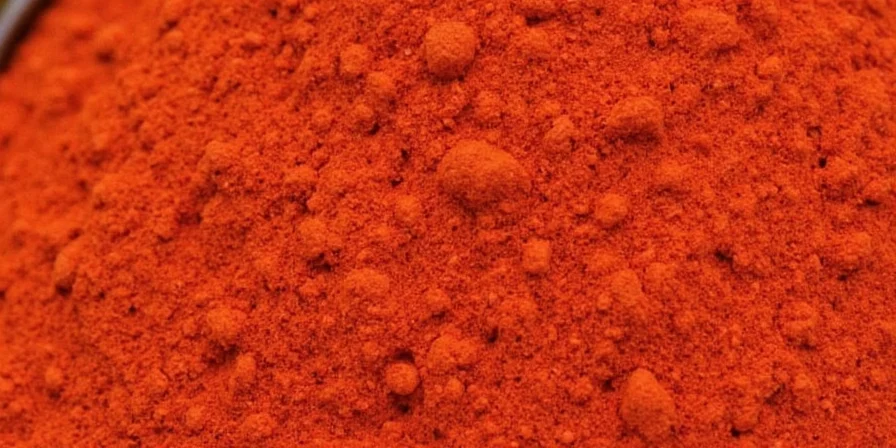
Modern paprika maintains this agricultural heritage while adapting to global demand, with regional variations reflecting specific climate conditions and traditional methods that directly impact its flavor chemistry.
What's Paprika Made Of? The Complete Breakdown
The sole ingredient in authentic paprika is dried peppers from the Capsicum annuum species. The specific pepper variety and processing method determine the final product's characteristics:
- Sweet paprika: Made from mild bell peppers and similar sweet varieties
- Smoked paprika: Created from peppers dried over oak or other hardwood smoke
- Hot paprika: Contains spicy pepper varieties plus seeds and membranes
Critical distinction: Unlike chili powder blends, authentic paprika contains no additional spices. Its color intensity directly correlates with capsaicinoid concentration and drying methods — a key factor often overlooked in home cooking.
| Type of Paprika | Main Ingredients | Heat Level | Common Regions |
|---|---|---|---|
| Sweet Paprika | Dried sweet bell peppers | Mild to none | Hungary, Spain |
| Smoked Paprika | Peppers dried over oak smoke | Mild to medium | Spain (Pimentón de la Vera) |
| Hot Paprika | Peppers + seeds/spicy varieties | Medium to hot | Hungary, California |
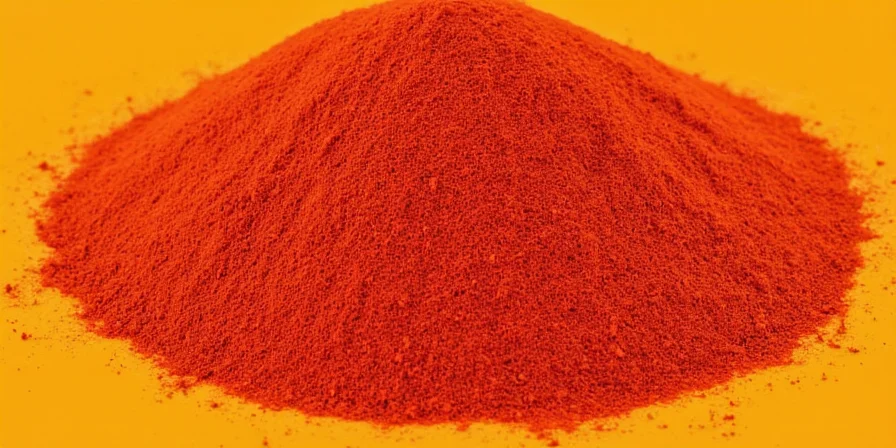
Types of Paprika — Critical Differences You Should Know
Understanding classification systems prevents recipe failures. Hungary's official grading focuses on color intensity and flavor balance rather than arbitrary numbers:
1. Sweet Paprika (Édes)
Rich crimson color with zero heat. Dominated by carotenoids that provide vibrant coloring without altering flavor balance.
- Best for: Garnishing deviled eggs, coloring soups, or enhancing potato salad without adding heat.
2. Smoked Paprika (Pimentón)
Dried over smoldering oakwood using traditional Spanish methods. Contains guaiacol compounds that mimic barbecue smoke at molecular level.
- Best for: Paella, roasted vegetables, or replacing liquid smoke in plant-based recipes.
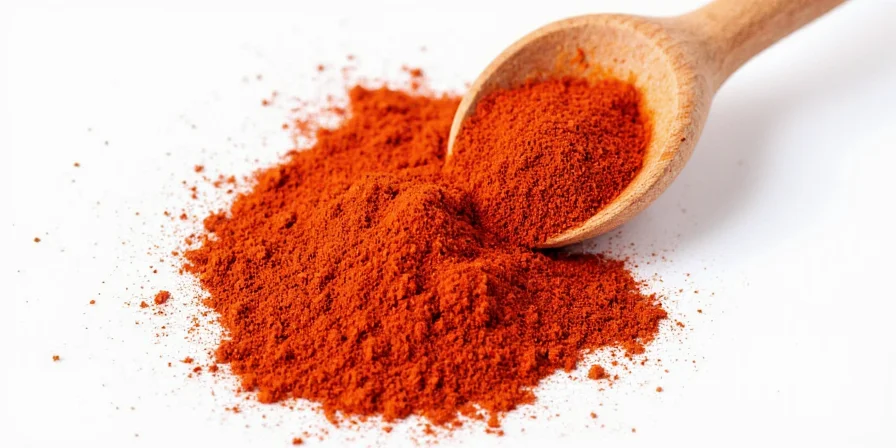
3. Hot Paprika (Erős)
Contains capsaicin-rich seeds and membranes. Hungarian 'Erős' delivers controlled heat without vinegar or fillers found in commercial chili powders.
- Best for: Authentic goulash, chorizo, or adding depth to tomato sauces.
4. Hungarian Classification System
Hungary's system prioritizes culinary function:
- Special Quality (Különleges): Highest color intensity for vibrant dishes
- Semi-Sweet (Félédes): Balanced flavor for everyday cooking
- Hot (Erős): Pure heat without bitterness
Commercial 'Grade 1' references are marketing terms — all edible Hungarian paprika meets human consumption standards.
Paprika vs. Chili Powder: Why They're Not Interchangeable
These are fundamentally different products despite visual similarity:
- Paprika: Single-ingredient spice from ground peppers. Used for color and subtle flavor enhancement.
- Chili Powder: Commercial blend containing cumin, garlic powder, and oregano alongside chilies. Designed for heat and complex seasoning.
Substitution guide:
- Use paprika when recipes specify color without heat (e.g., Hungarian dishes)
- Use chili powder for Tex-Mex recipes requiring layered spice profiles
- Never substitute one-to-one — paprika lacks the supporting flavors in chili powder blends
This distinction explains why substituting chili powder in goulash creates flavor imbalances that frustrate home cooks.
How to Use Paprika Correctly (Science-Backed Methods)
Maximize flavor impact with these techniques:
Method #1: Temperature-Sensitive Application
Paprika's volatile compounds degrade above 176°F (80°C). For maximum color retention, add during final plating rather than cooking. This preserves lycopene integrity for vibrant presentation.
Method #2: Oil Bloom Activation
Heat 1 tsp paprika in 2 tbsp oil at 250°F (121°C) for 60 seconds before adding liquids. This extracts lipid-soluble flavor compounds more effectively than dry application.
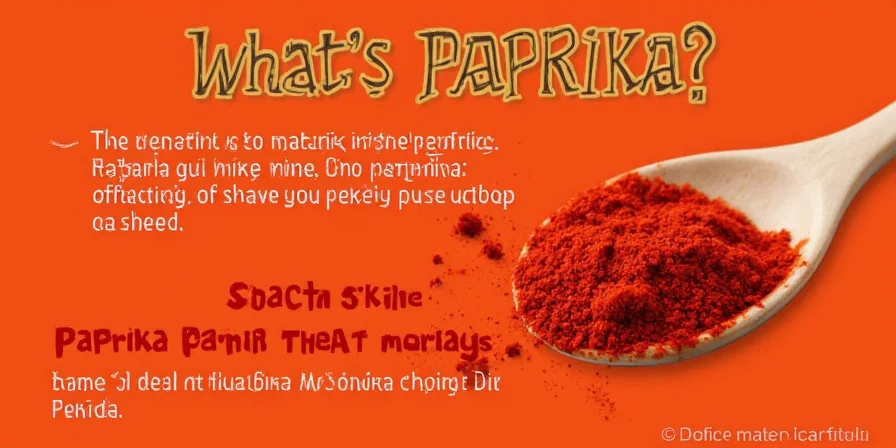
Method #3: Acid Balance Principle
- Pair sweet paprika with citrus-based marinades to prevent bitterness
- Combine smoked paprika with tomato acidity for balanced depth
Method #4: Baking Applications
Add ¼ tsp to savory baked goods like cheese biscuits. The Maillard reaction enhances paprika's natural sweetness while avoiding burnt notes.
How to Store Paprika to Maintain Freshness
Preserve potency using these evidence-based methods:
- Light protection: Store in opaque containers — UV exposure degrades carotenoids faster than darkness
- Moisture control: Include silica packets to maintain below 60% humidity
- Temperature: Refrigeration extends peak flavor from 6 to 12 months
- Quantity: Purchase smaller containers — opened paprika loses volatile compounds within 4 months

Key Paprika Facts You Need to Know
- ✅ Color Science: Paprika's red hue comes from capsanthin — a carotenoid more stable than tomato lycopene
- 🔥 Heat Variance: Spanish smoked paprika averages 100-500 SHU while Hungarian hot reaches 5,000-10,000 SHU
- 🧠 Flavor Chemistry: Smoked varieties contain syringol compounds identical to wood-fire smoke
- ✈️ Travel Note: TSA recommends keeping spices in original packaging to avoid security screening delays
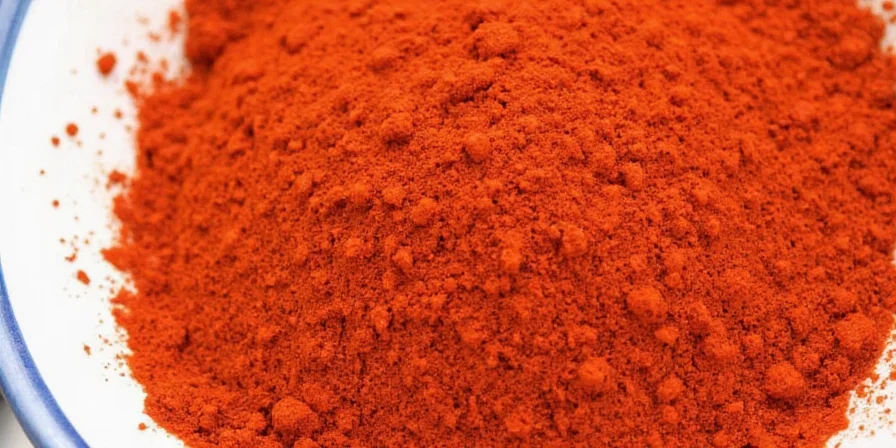
Conclusion: Getting the Most From Your Paprika
Paprika's essence lies in dried, ground peppers — but its true value emerges through understanding regional variations and proper usage techniques. By recognizing how production methods alter chemical composition, you can make informed choices that elevate everyday cooking. This knowledge prevents common substitution errors and unlocks precise color, heat, and depth control that transforms your dishes.
For home chefs seeking authentic flavors or meal-prep efficiency, understanding paprika distinctions delivers immediate kitchen dividends. The next time that red powder catches your eye, you'll know exactly which variety belongs in your dish — and why.
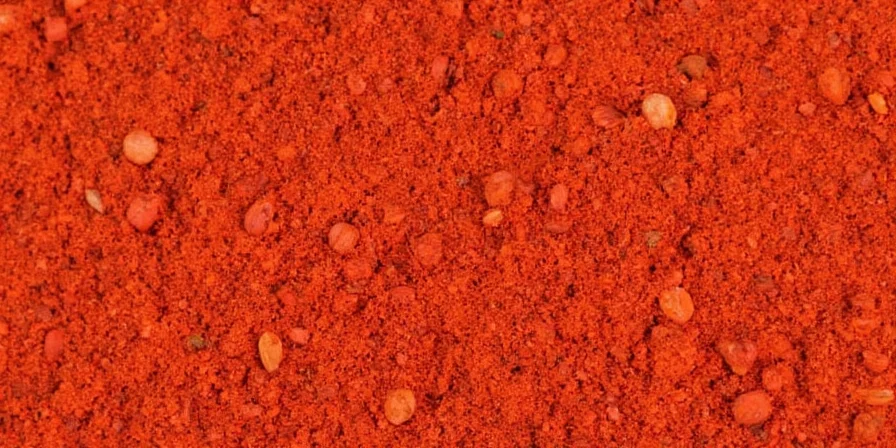
Frequently Asked Questions
What is paprika made from?
Paprika is made exclusively from ground dried peppers, primarily Capsicum annuum varieties. Sweet types use bell peppers, smoked versions use peppers dried over oak fires, and hot varieties include seeds and spicy cultivars. Unlike chili powder, it contains no additional spices.
How does paprika differ from chili powder?
Paprika is a single-ingredient spice made solely from ground peppers, while chili powder is a blend containing cumin, garlic powder, oregano, and sometimes salt alongside chilies. Paprika provides color and subtle pepper flavor, whereas chili powder delivers complex heat and seasoning.
Does paprika expire?
Paprika doesn't expire but loses potency over time. Properly stored in an opaque, airtight container away from light and moisture, it maintains peak flavor for 6-12 months. After this, it remains safe to use but provides diminished color and taste impact.
Can I substitute smoked paprika for regular paprika?
Only when seeking smoky notes. Smoked paprika adds distinct wood-fire flavors that alter dish profiles. In recipes like Hungarian goulash or deviled eggs where smokiness isn't traditional, substitution creates flavor imbalances. For color-only applications, sweet paprika is the appropriate substitute.
Why is Hungarian paprika considered superior?
Hungary's unique climate and traditional processing in Kalocsa and Szeged regions produce paprika with exceptional color intensity and balanced flavor compounds. Their classification system prioritizes culinary functionality over heat units, resulting in products optimized for authentic Central European cuisine.

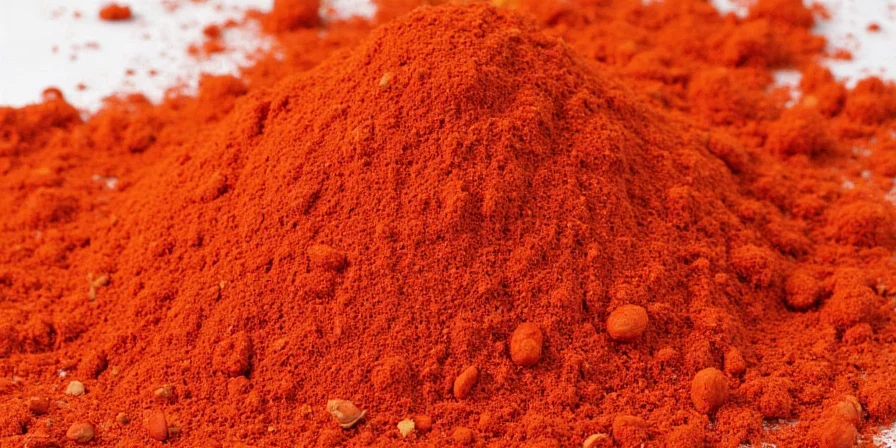









 浙公网安备
33010002000092号
浙公网安备
33010002000092号 浙B2-20120091-4
浙B2-20120091-4